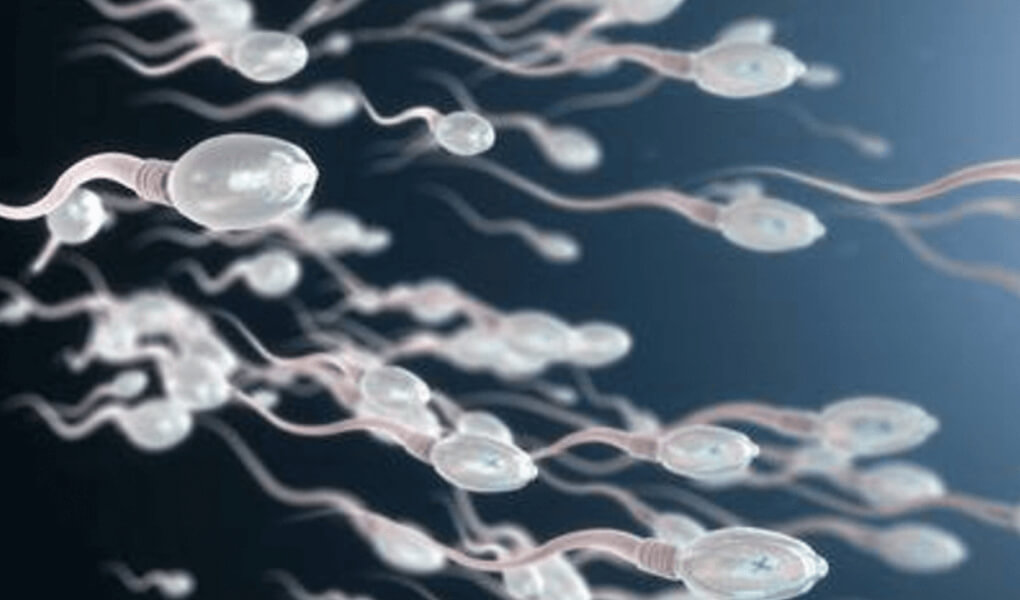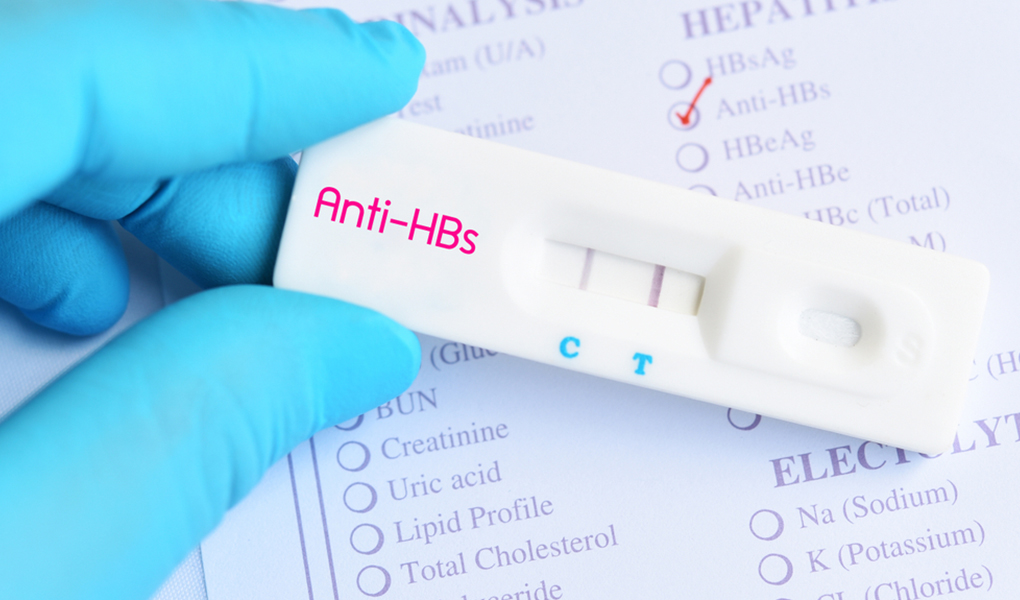The frequency of infertility, also known as infertility, is approximately 15% to 20%. In a single cycle, the probability of getting pregnant by couples having sexual intercourse regularly and unprotected is about 20%. In a year, approximately 85% of women can become pregnant as a result of regular and unprotected sexual intercourse.
Despite regular sexual intercourse, the inability of the woman to conceive in a minimum period of 1 year is sufficient to investigate the cause of infertility. The source of the infertility problem is approximately 40% male dependent. In the light of the studies carried out, it was observed that male infertility may occur later as well as a significant part of it is due to genetic reasons. In some men, infertility brings along problems that will be reflected in his social life, such as decreased self-esteem, feeling inadequate and guilty, and affecting his relationship with his wife, rather than lack of reproductive function.
Comprehensive history of infertile men is listened and the presence of sexual history, previous childhood diseases, surgeries, genetic transition, past sexual disease, drug use, smoking and alcohol use are questioned in detail. Laboratory tests results and physical examination are evaluated by the specialist physician. During the evaluations, the causes of infertility are identified, and treatment is recommended in accordance with the current problem of the person.
What is Male Infertility?
Infertility, that is, infertility, is defined as the infertility of couples who want to have children, although they have sexual intercourse without any regular protection for at least one year. If this is caused by men, it is called male infertility.
For the diagnosis of male fertility, a comprehensive physical examination is first performed by a specialist physician. In addition to the examination findings, many conditions such as gynecomastia, the presence of sperm ducts and varicocele, the condition of the body hair, the appearance of the genitals, whether the testicles come down in the bag, and obesity are examined. The first thing to do after the physical examination is semen analysis. Semen analysis is the most important examination used in the evaluation of male patients with suspected infertility, but it is not sufficient for the diagnosis of male infertility.
In accordance with the criteria set by the World Health Organization, a sample of semen is taken and analysed from the man who has not had sexual intercourse for 3 days. In the light of the data obtained as a result of the analysis, the level of hormones such as testosterone, FSH, LH and if necessary, prolactin, oestrogen and thyroid, which are responsible for the male reproductive system and sperm production, are examined. If there is no sperm in the semen called azoospermia, if obstruction is suspected, ultrasonography is performed to examine the condition of the sperm ducts. If there is no obstruction, chromosomes are examined by genetic analysis.
What are the Symptoms of Infertility for Men?
“What are the symptoms of infertility in men?” is quite difficult to answer the question. Because infertility symptoms are often not noticed in male patients. This is because there is no special symptom for infertility. Although regular sexual intercourse is unprotected for at least one year, the absence of pregnancy is considered as symptoms of infertility in men. This is the clearest answer to the question of what the symptoms of infertility in men are. However, in some cases, different findings such as pain in the testicles, swelling, and discharge from the tip of the penis can be a symptom of another disease that causes infertility.
What are the Causes of Infertility in Men?
Although there is no clear information about the causes of infertility in men, there are many reasons that can cause infertility. The causes of male infertility can be listed as follows:
Previous Diseases: Some of the infections that have passed during childhood may involve the testicles. Mumps is one of these diseases. It is very important to be vaccinated in childhood to prevent mumps disease. High fever infections like chickenpox, measles, rubella and similar can also lead to structural disorders in sperm. At the same time, drugs used in childhood cancer cases and radiotherapy may prevent sperm formation. Untreated sexual diseases can also lead to infertility in men. These diseases can cause inflammation in the sperm ducts and disrupt the natural structure of the sperm. Especially simply treated gonorrhoea is a sexually transmitted disease that can lead to azoospermia.
Varicocele: Varicocele is the most common cause of infertility in men. In some cases, additional radiological imaging may be required for this disease, which can often be easily diagnosed by physical examination. This disease, caused by the expansion of the veins in the testicles, is treated by surgery.
Undescended Testicle: It is a condition defined as cryptorchidism in medicine that the testicles are not descended into their bags. While the mother is in the womb, the testicles in the body should reach their bags until one year old. If this condition is not controlled or overlooked, the testicles are exposed to excessive heat and deteriorate in a way that they cannot produce sperm, and even prepare the ground for the formation of testicular cancer. The testicles, which do not descend into their bags naturally, are lowered by surgical operation.
Genetic Disorder: In case of less than 5 million sperm in the semen, genetic disorder can be suspected. In this case, which develops due to pathogenic Y chromosome microdeletions, couples can have children thanks to healthy sperms obtained from men with microinjection, IMSI and PGD techniques.
Absence of Ejaculation: As a result of some drugs and diseases, male ejaculation problem may occur. In this case, especially in the case of diabetes, pregnancy does not occur because the male cannot transfer sperm naturally. Healthy sperms can be taken from men with different techniques and fertilization can be achieved.
Azoospermia: There are many reasons for azoospermia, which is defined as the absence of any living sperm in the semen sample taken from the male. Previous infections, cryptorchidism, hormonal, structural and genetic disorders, as well as immunological causes can cause azoospermia. There are two different types of azoospermia, with and without obstruction. While it causes the absence of ejaculation due to obstruction, azoospermia not affecting obstruction is the condition that there is no sperm in the semen content. After a detailed history of the patients diagnosed with azoospermia, a physical examination is performed. If necessary, additional laboratory tests are requested. From patients with azoospermia, pregnancy is achieved by obtaining sperm from the testicle or epididymis by microinjection.
Which tests are applied in the presence of infertility?
According to the criteria of the World Health Organization, sperm counting test is performed at least twice every two to three months apart. While taking the clinical history, the conditions that cause infertility such as pain after ejaculation, presence of bloody sperm and infection, the history of the operation passed through the testicles, trauma, and physical examination are passed. On physical examination, insufficient volume of one of the testicles, epididymitis inflammation, inflammation of the urethra and abnormal prostate findings are examined. Hormone levels are controlled by endocrinological evaluation. Obstruction and mass presence in the sperm duct is checked by ultrasonography. With testicular biopsy, spermatogenetic insufficiency is questioned.
How Is Infertility Treated in Men?
Once the problem causing infertility has been identified, appropriate treatment is recommended by the attending physician in accordance with the diagnosis. If the person has a hormonal problem, sperm can be produced by applying needle therapy. If there are more than 10 million sperms in the semen, vaccination method can be applied. With this method, the dead cells are taken from the sperm taken, and the number of healthy sperm is increased and given to the woman’s uterus with the help of a catheter.
The urologist may recommend using drugs to support sperm production and improve quality in some selected patients. With the IVF technique, the egg from the woman is combined with the sperm of the man in the tube. In another technique, the ICSI method, sperms taken by microinjection are examined in a laboratory environment and healthy sperms are selected and placed in the egg taken from the woman. In addition to this and many similar treatment approaches that are applied personally, micro TESE can be applied to patients with azoospermia.
In this application, sperm is obtained with tissue taken from the testicle during the operation performed under general anaesthesia. Sperm is obtained from the healthy sperm canal in the testicle. With this method, approximately half of the patients can obtain sperm.
For all your questions about male infertility, you can contact us at 444 39 49.










Be the first to comment